Deadheading, the practice of removing spent flowers from rose plants, is both a science and an art that plays a crucial role in maintaining healthy and blooming roses throughout the growing season. Mastering the art of deadheading enhances the overall appearance of your rose garden and encourages a continuous display of vibrant blooms. Explore these techniques to perfect the art of deadheading roses.
1. Timing is Key
Tip:
Deadhead roses consistently throughout the growing season. Start deadheading when the first flush of blooms begins to fade. Remove spent flowers promptly to redirect the plant’s energy into producing new buds.
2. Prune to the First Five-Leaf Set
Tip:
When deadheading, prune the stem back to the first set of five fully developed leaves with an outward-facing bud. This encourages outward growth and improves air circulation within the plant, reducing the risk of diseases.
3. Use Clean and Sharp Pruning Tools
Tip:
Ensure your pruning tools are clean and sharp. Clean cuts minimize the risk of introducing diseases to the plant, while sharp tools make the deadheading process efficient. Disinfect your tools between plants if there’s a history of disease.
4. Angle Your Cuts for Aesthetic Appeal
Tip:
Make your cuts at a 45-degree angle, sloping away from the bud. This not only promotes efficient water runoff but also adds an aesthetic touch to the pruning, preventing water from pooling on the cut surface.
5. Remove Entire Spent Clusters
Tip:
When deadheading, aim to remove entire clusters of spent flowers rather than individual blooms. This not only tidies up the appearance of the rose bush but also encourages the development of new lateral buds.
6. Prune Back to an Outward-Facing Bud
Tip:
Select an outward-facing bud as your pruning point. This directs new growth away from the center of the plant, promoting an open and balanced structure. Outward-facing buds receive more sunlight and air, contributing to overall plant health.

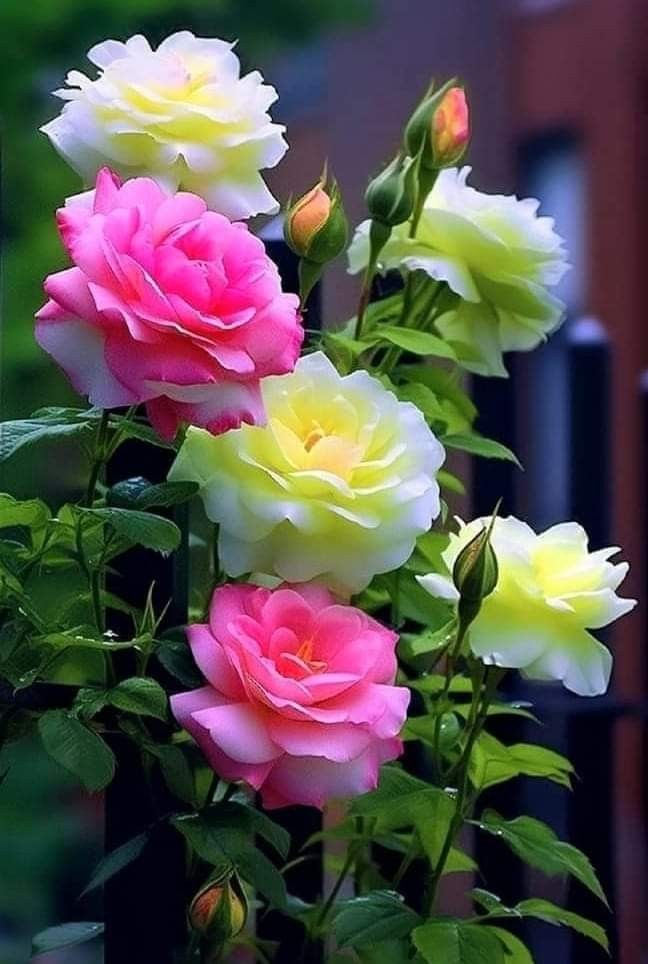


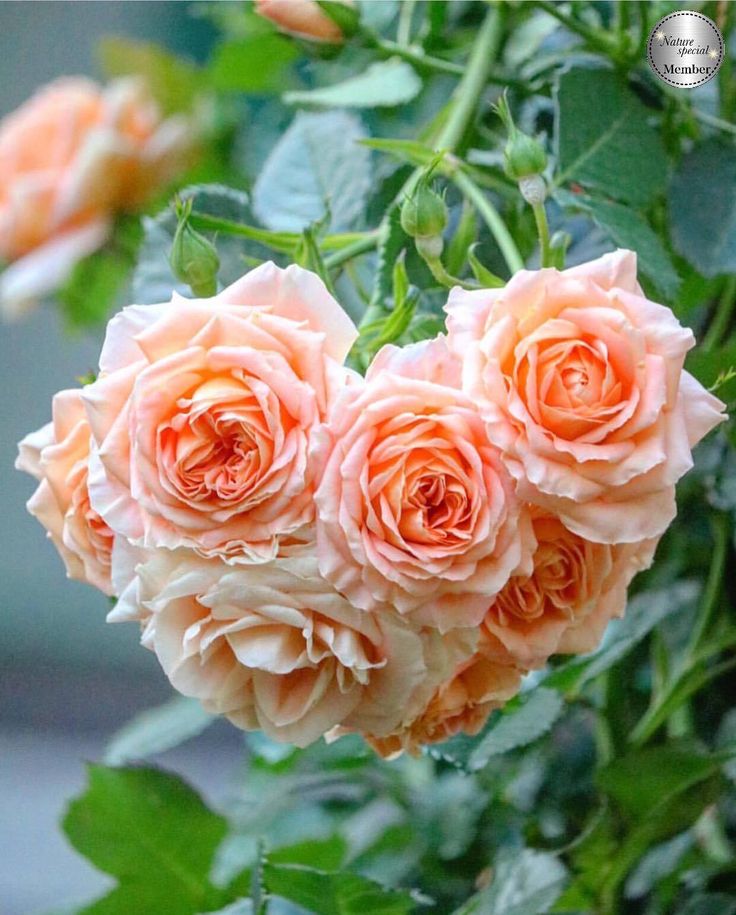
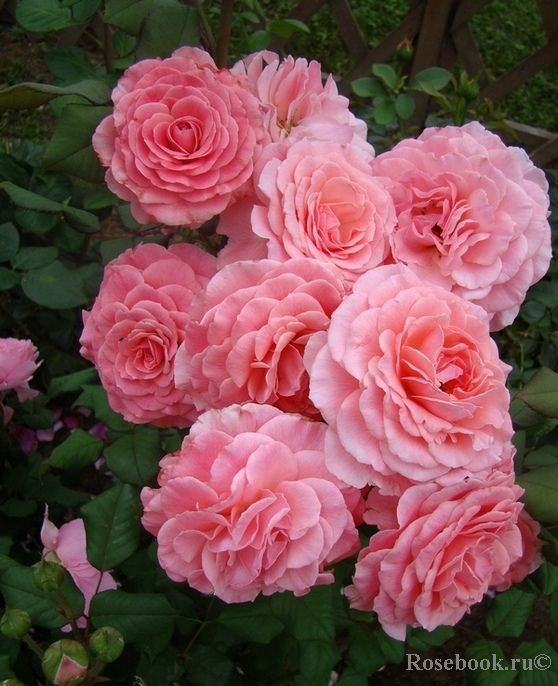
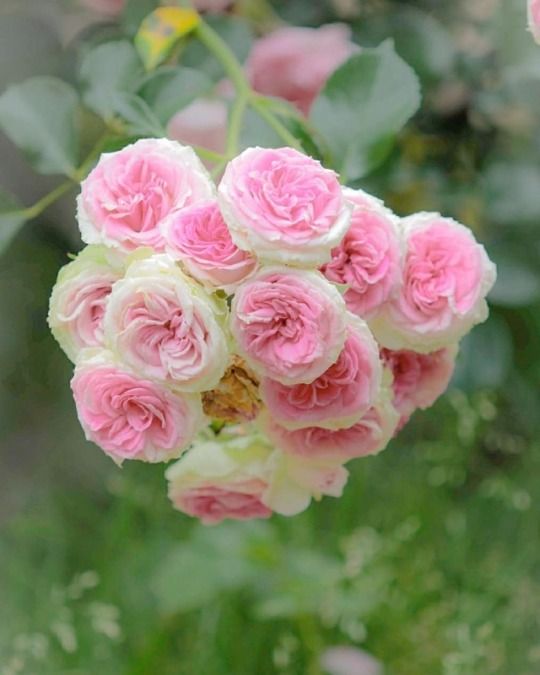
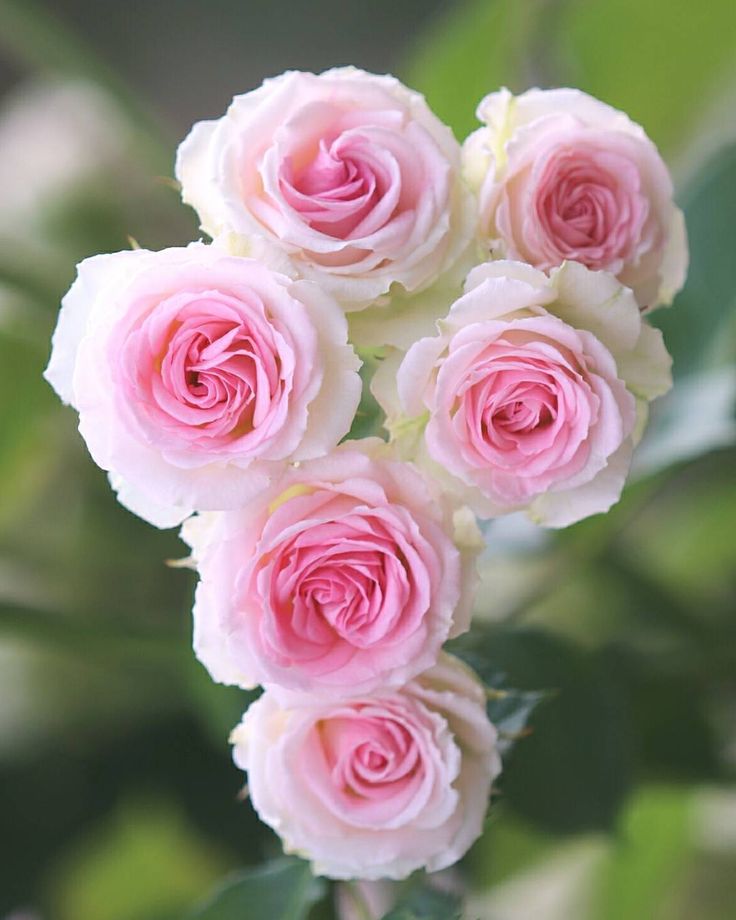
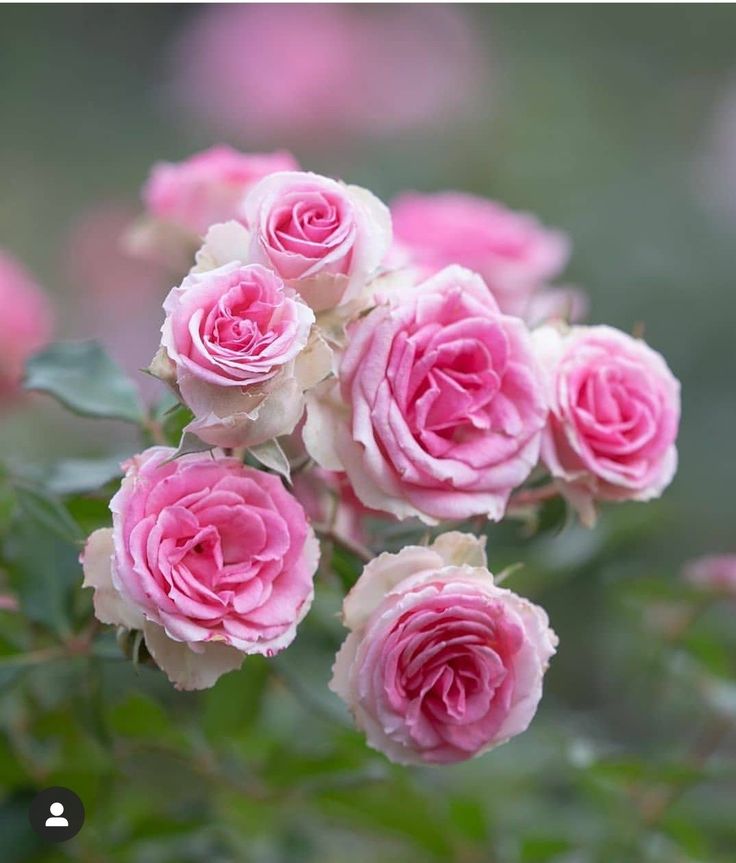

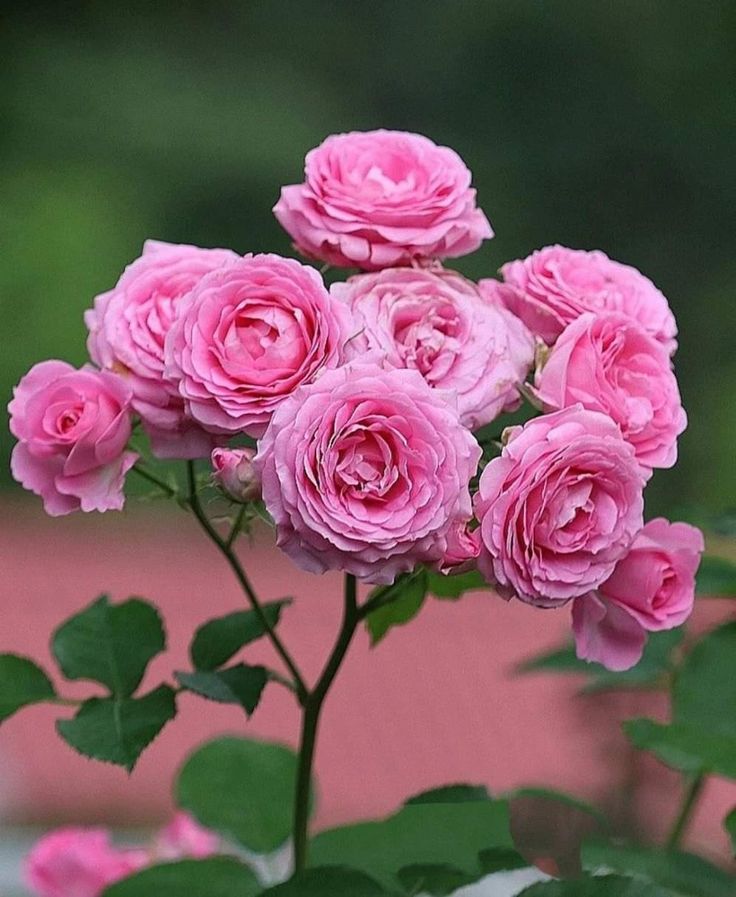
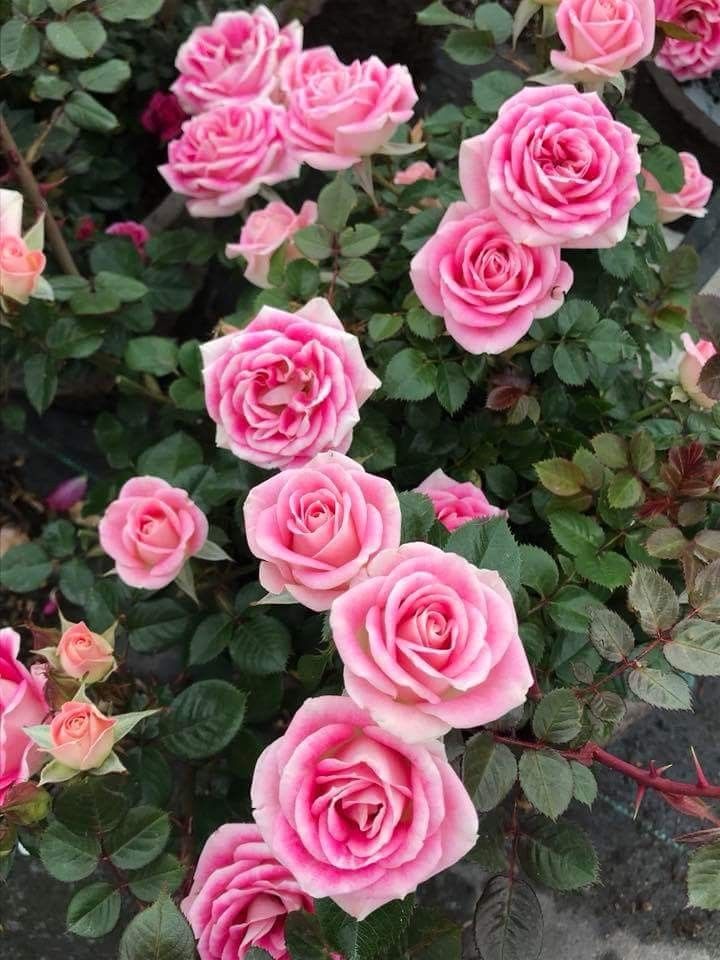
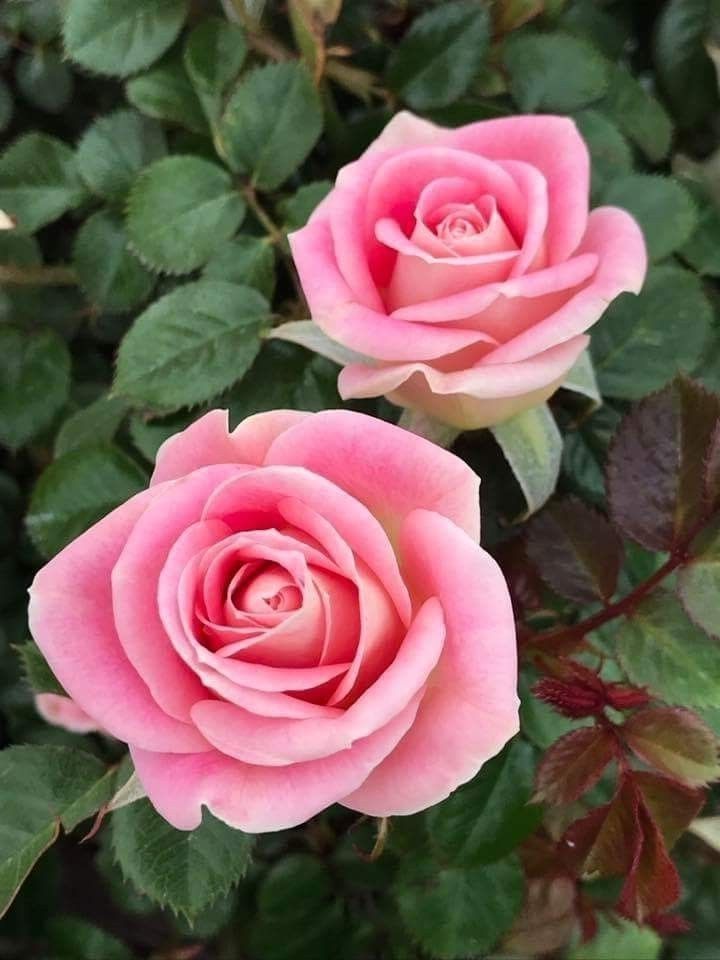
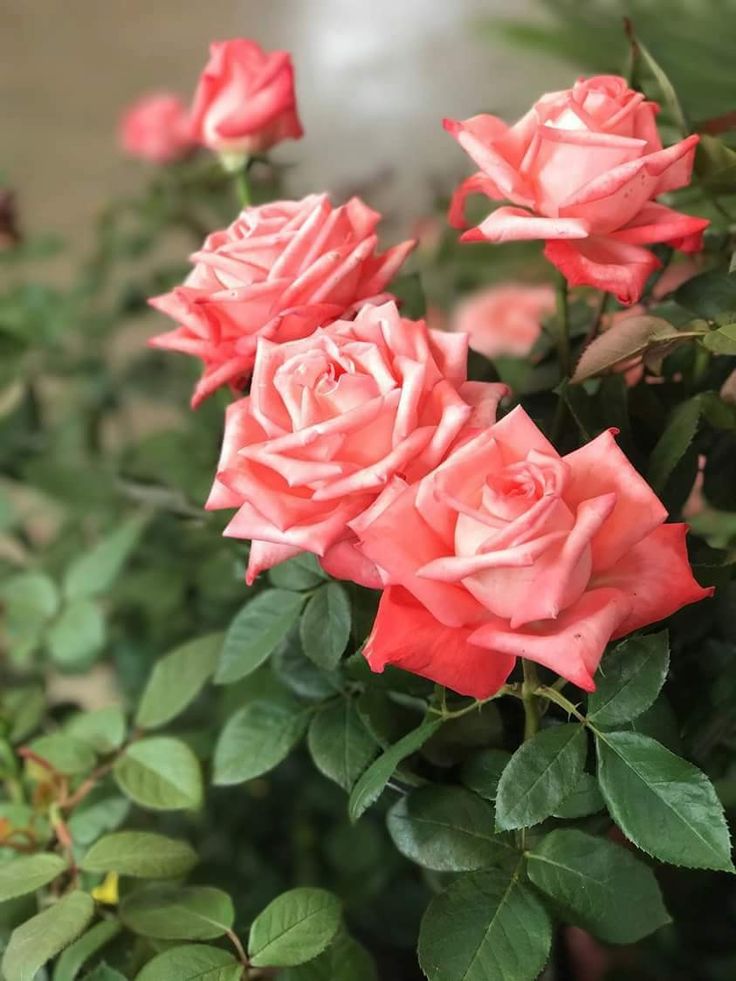
7. Encourage Repeat Blooming Varieties
Tip:
Deadheading is particularly crucial for repeat blooming varieties. By removing spent flowers promptly, you stimulate the plant to produce more buds, leading to multiple bloom cycles throughout the season.
8. Remove Hips to Encourage New Blooms
Tip:
If your goal is continuous flowering, remove developing rose hips along with spent blooms. This prevents the plant from channeling energy into seed production and encourages the development of new flower buds.
9. Consider Timing for Late-Season Pruning
Tip:
In late summer or early fall, consider reducing the height of your rose bushes by a third. This prevents wind damage and encourages the formation of new buds closer to the base, resulting in a fuller appearance.
10. Be Mindful of Rose Classifications
Tip:
Different classes of roses may have specific deadheading requirements. Research the specific needs of your rose varieties. For example, hybrid teas may benefit from more meticulous deadheading compared to shrub roses.
Conclusion
Mastering the art of deadheading roses contributes to the overall health, appearance, and prolific blooming of your rose garden. By timing your deadheading efforts, making clean and angled cuts, and encouraging outward growth, you’ll create a stunning display of roses that continues to flourish throughout the season. Enjoy the beauty of your well-maintained and thoughtfully deadheaded rose garden.
FAQs
- Can I deadhead roses with my fingers instead of using pruning tools?
- While gentle deadheading with fingers is possible, using clean and sharp pruning tools is recommended for precision and to avoid damaging the plant.
- Should I deadhead roses after a heavy rain?
- It’s advisable to wait until the rose blooms have had a chance to dry after heavy rain before deadheading. Wet foliage can promote the spread of diseases.
- Do I need to deadhead all types of roses?
- While deadheading benefits most roses, some varieties, such as landscape or shrub roses, may not require as meticulous deadheading. However, removing spent blooms generally encourages reblooming in all types.
- Can I deadhead roses in the winter?
- Deadheading in late fall or winter is generally not recommended, as it may stimulate new growth that is vulnerable to winter damage. Focus on pruning and deadheading during the growing season.